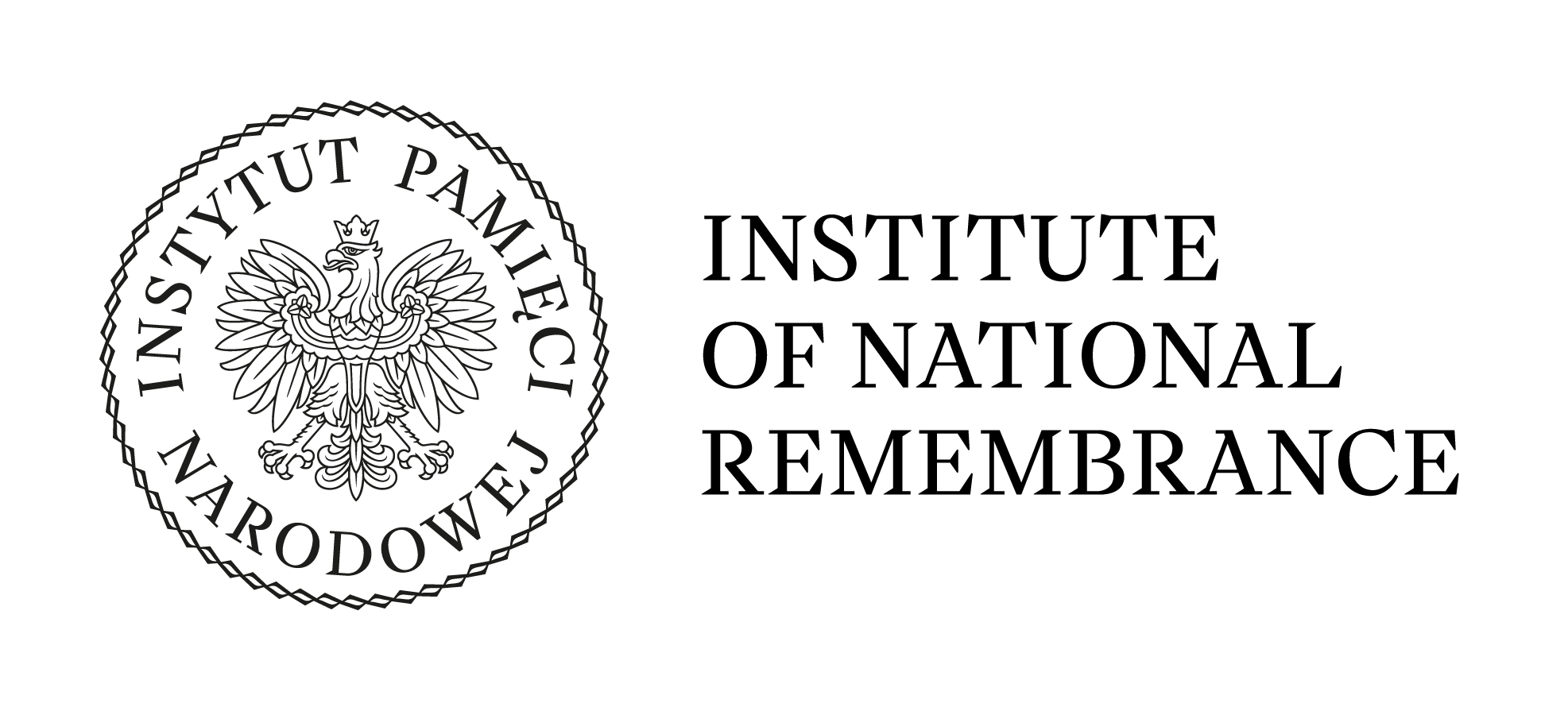A turning point in German historiography on the subject of the first days of September 1939 in Bydgoszcz is ″Bydgoska krwawa niedziela. Śmierć legendy” [The Bloody Sunday of Bydgoszcz. The Death of a Legend] by Günter Schubert, translated into Polish 14 years after its publication in Germany. Schubert, a historian by education and journalist by profession, has challenged assertions of German historians, proving that on 3 September 1939 Bydgoszcz was the scene of "an uprising” staged by the Third Reich diversionists and saboteurs. Joined by some local Germans, they formed groups numbering a few men each, took positions in several locations throughout the city, and opened fire on the retreating Polish soldiers. The ″insurgents” apparently intended to hold out until regular German forces entered Bydgoszcz, and frequently changed positions to avoid capture. As soon as the „uprising” broke out, Polish soldiers of the 9th, 15th and 27th Infantry Divisions passing through the city, reinforced by freshly formed local 82 Guard Batallion and civilian volunteers, set about suppressing the revolt. Shooting ensued in the streets of Bydgoszcz along a narrow North-South strip, and in confusion, the Poles sometimes shot at their own. The search for diversionists and saboteurs led to arresting Germans on the slightest suspicion and summary executions of those who were captured armed. A number of innocent people were murdered, as most of the apprehended had not participated in the shooting.
Around 4 p.m. the gunfire ceased and the situation seemed to have been brought under control – Polish troops could resume their march through the city. The exchange claimed the lives of 30 to 45 soldiers and 90 to 110 ethnic Germans. The following day, on Monday 4 September, shots ″in the back” were again fired and the fight ensued along the West-East line. There were no local authorities in Bydgoszcz anymore, as they had evacuated the city the previous night. A procession of Polish soldiers from defeated units was moving through the city, and it was them, aided by volunteer self-defence, who started bloody suppression of the remainder of the German ″rebellion”; ethnic Germans suspected of shooting at Poles were executed on the spot. Chaos broke out and only when the soldiers of German 50th Infantry Division arrived on 5 September, could some sort of order be restored.
A breakthrough in German standpoint
The way Günter Schubert related ethnic Germans’ diversion in Bydgoszcz is truly revolutionary, as German historians had always denied any attacks on Polish troops. The German side started the enquiry into 3-4 September 1939 events as early as during the September campaign, and it was carried out mainly by specially formed Wehrmacht Investigative Post for International Law Violations (WUSt). The Third Reich Minister of Propaganda Josef Goebbels saw to it that the „Bloody Sunday of Bydgoszcz”, presented in a graphic way, counterweighed the atrocities the invading forces perpetrated in Poland in September 1939. As early as in November 1939 the first collection of documents relating to murders of German minority members was published, giving the number of 5,437 victims. Its next edition, released a few months later, quoted a grossly inflated figure of 58,000 people. The first journalistic reports of the "Bloody Sunday” – based mostly on the conclusions adopted by a special commission of the Third Reich Criminal Police, headed by Dr. Bernd Wehner – accused Polish Army soldiers of murdering German civilians. That differed from the Nazi propaganda standpoint promoting the version that placed the responsibility for the killing on "Polish bands”. After 1945, German historical writings devoted little attention to the "Bloody Sunday of Bydgoszcz”; the issue was addressed mostly by scholars linked to organizations of the Germans expelled from Pomerania. The said historians wrote extensively about massacres of ethnic Germans, while denying any accusations of provocations that the minority might have instigated.
Such treatment of the events of 3 and 4 September 1939 was absolutely unacceptable to the Polish side. Official investigation into the "Bloody Sunday” dates back to 1945, when Kazimierz Garszyński, the Deputy Prosecutor of the Chief Commission for the Investigation of German Crimes in Poland, began collecting witnesses’ testimonies. From them Garszyński obtained confirmation that on 3 September the Germans shot at withdrawing Polish troops in 46 Bydgoszcz locations. Shots fired from church towers and house roofs triggered Polish actions aimed at quelling the diversion. The body count on the German side was determined to be circa 300. Further proceedings were carried out by the prosecutors of the District Commission for the Investigation of Hitlerite Crimes in Bydgoszcz, and in the late fifties and early sixties, Instytut Zachodni [the Western Institute] on its own initiative got involved in collecting reports and accounts. It was mostly on these materials that Włodzimierz Jastrzębski’s "Dywersja czy masakra?” [Diversion or Massacre?], and its slightly altered German-language version, Der Bromberger Blutsonntag (1988), as well as Legende und Wirklichkeit (1990) were based. The aforementioned publications can be considered the most representative for Polish position on the Bydgoszcz events so far.
Günter Schubert examined earlier Polish and German historical writings, pointing to numerous uncertainties and errors of previous accounts of ″The Bloody Sunday of Bydgoszcz”. Supporting his reasoning with several documents, he poses further questions or rejects previous hypotheses point-blank. Schubert draws on both German and Polish accounts, but in his opinion, this is inadequate to determine the truth. Whereas the „uprising” is purposefully omitted from German reports, which tend to focus on their victims and emphasize Polish hostility, in Polish accounts the stress is placed on the diversive activities of Bydgoszcz Germans, with the murder of innocent German civilians being passed over in silence. The moment when the witnesses’ testimonies were recorded also impaired their value as evidence of the events in question. Firstly, a large number of them were given no less than a few years after the fact; moreover, while German accounts reflect the influence of Third Reich propaganda and fear of repressions by its terror apparatus, Polish witnesses testifying in 1945 had vivid recollection of massive German retaliation in the autumn of 1939. In addition to that, as Schubert stresses, ″In nearly all cases, the witnesses had an opportunity to read and study numerous extensive depictions of the events – the events that they were supposed to re-create in their own memory.”
He based his opinions on the few documents of the 15th Infantry Division of the Pomorze Army that survived the turmoil of war and are now kept in the Central Military Archive in Rembertów. The historian explains that reports sent to divisional command by unit commanders ″were written when the term ‘The Bloody Sunday of Bydgoszcz’ had not been coined yet, and therefore couldn’t have been meant to argue this or that version of events. For that reason, they are probably more credible as sources than all the aforementioned accounts, circumstantial evidence and documents.” The soldiers of the 15th Infantry Division reported their clashes with the diversionists as they happened. Further clues corroborating the reports about German saboteurs shooting at Polish troops Schubert found in the testimonies of Polish Army officers given before a German Special Court in Bydgoszcz in 1939. However, neither he nor anyone else has managed to locate any operational plans of the Bydgoszcz diversion or reports of its execution – which, in Schubert’s view, does not mean that such documents did not exist.
His analysis of circumstantial evidence let him make connections between certain facts and arrive at logical and convincing conclusions. He is of the opinion that the „uprising” was staged by members of the the SD (Nazi Security Service) sent to Bydgoszcz from Berlin. Most of them were killed during street fights of 3 and 4 September, and ″those who survived, were hardly fit enough to welcome German uniformed troops entering the city as victorious hosts.” He believes that ″Operation Bloody Sunday of Bydgoszcz” failed in the worst possible way. It had been planned and executed as the SD’s own initiative, and though the army provided, just like in Silesia, logistic assistance, the participants’ actions were not co-ordinated by any military institution.” He managed to determine that on Himmler’s orders the Lebensborn association, founded for the purpose of ensuring necessary conditions for ″breeding of the Nordic race”, provided welfare and otherwise supported mothers of children orphaned by the ″Bloody Sunday of Bydgoszcz” victims. Moreover, Schubert also discovered a ″special secret commando” (geheimes Sonderkommando Rottler-Kühl), active in the first days of September 1939 and formed to perform a specific task of attacking Polish Army units in the region of Pomerania.
Schubert’s critical examination of sources
Günter Schubert’s attempt to disprove the German version of 3 and 4 September 1939 events challenges a recent opinion voiced by Włodzimierz Jastrzębski in an interview published on 13 August 2003 in ″Duży format” [″Large Format”] supplement of ″Gazeta Wyborcza” [″Electoral Newspaper”]. After a few decades of studying the issue of the German occupation of the Pomerania region, Prof. Jastrzębski radically changed his previous standpoint and now claims that no German diversion took place in Bydgoszcz. According to him, Poles just ″lost it”, and in the chaos that ensued during the evacuation, started shooting at each other. Finally, helpless, frustrated and lusting for revenge, ″Polish Army patrols dragged the Germans out of their houses and executed them.” Prof. Jastrzębski believes ″Polish accounts to have been written to conform to the old Polish national interest,” and treats German testimonies as "detailed reports of the massacre” – which raises doubts as to the credibility of his assumptions.
In contrast, Günter Schubert’s ″Bydgoska krwawa niedziela. Śmierć legendy” [The Bloody Sunday of Bydgoszcz. The Death of a Legend] appears to be a critical examination of both German and Polish reports, with the author openly admitting that recording one’s own experiences is always an emotional process, and these emotions can influence the memory of events. Schubert confronts Polish and German positions, completing that confrontation with a comprehensive examination of preserved source documents. Consequently, he arrives at a conclusion that on 3 and 4 September 1939 the Germans launched an "uprising” in Bydgoszcz, the fact that was purposefully left out of testimonies recorded by Nazi state institutions. Günter Schubert’s book brings us closer to the truth, but since several questions remain unanswered, historians must continue browsing through numerous German and Russian archives. Hopefully, as a result of these queries further documents will surface, allowing more unambiguous interpretation of the events that took place at the outset of the Second World War.

